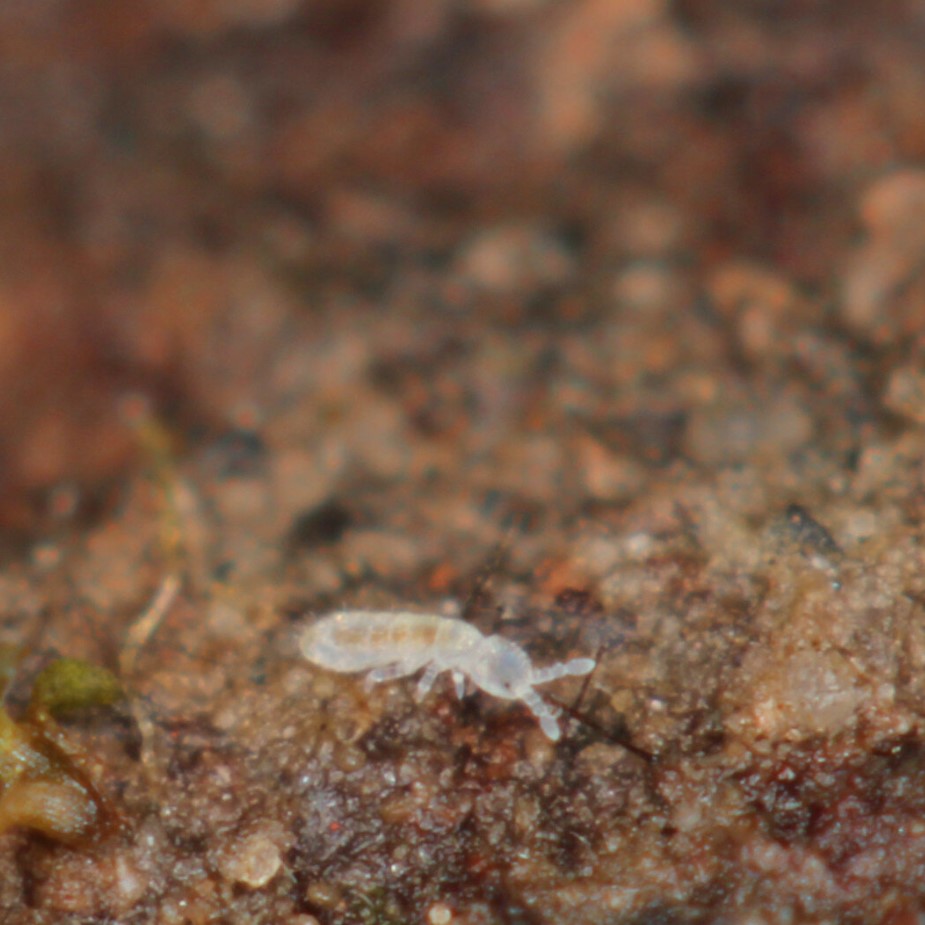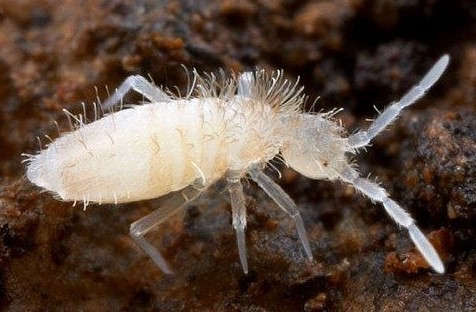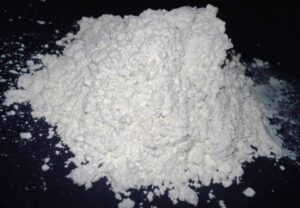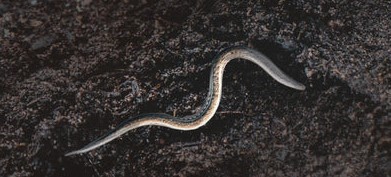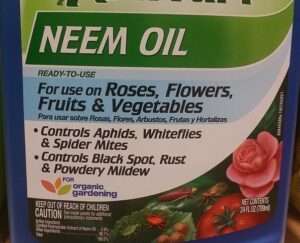Introduction: When it comes to cannabis cultivation, ensuring optimal plant health is crucial for a successful harvest. However, gardeners often encounter various pests that can harm their precious plants. One such pest that can disrupt cannabis growth is the tiny yet resilient creature known as the springtail. In this article, we will delve into the world of springtails, exploring their origins, diet, and most importantly, effective methods for eradicating them from your cannabis garden.
What are Springtails?
Springtails, scientifically classified as Collembola, are small hexapods commonly found in soil, leaf litter, and other moist environments. Measuring only a few millimeters in length, these arthropods possess a distinctive ability to catapult themselves into the air using a spring-like appendage known as a furcula. While springtails are generally harmless, they can become a nuisance when their populations grow unchecked.
Origins of Springtails
Springtails have a worldwide distribution, thriving in diverse habitats ranging from forests to urban gardens. They are particularly abundant in environments with high humidity and organic matter content. Although they primarily inhabit the soil, springtails can easily migrate to other areas, including cannabis cultivation spaces.
Diet of Springtails and their Impact on Cannabis Seedlings
Springtails feed on decaying organic matter, fungi, algae, and bacteria present in the soil. Unfortunately, this means that young cannabis seedlings, particularly their delicate tap roots, can be targeted by these opportunistic pests. Springtail feeding can result in stunted growth, root damage, and reduced nutrient uptake, negatively impacting the overall health and vigor of your cannabis plants.
Identifying and Monitoring Springtail Infestations
To effectively combat springtails, it is essential to be able to identify their presence. Look for small, elongated, wingless insects with a distinct jumping behavior. Springtails are often white, gray, or black in color. To monitor their population levels, you can use sticky traps or lay out damp newspaper pieces to attract and trap these pests.
Section 5: Prevention Strategies Prevention is key when it comes to managing springtail infestations in your cannabis garden. Implement the following practices to minimize the risk of an outbreak:
- Proper sanitation: Keep your cultivation area clean, removing any debris or decaying organic matter that can serve as a food source for springtails.
- Well-drained soil: Ensure good drainage to prevent the soil from becoming excessively moist, as springtails thrive in high humidity environments.
- Adequate air circulation: Promote proper airflow within your growing space to discourage the buildup of moisture and humidity, which can attract springtails.
- Quarantine new plants: Before introducing new cannabis plants into your garden, inspect them thoroughly for any signs of springtail infestations.
Effective Control Methods
If springtails have already invaded your cannabis garden, swift action is necessary to prevent further damage. Consider the following methods for eliminating these pests:
Diatomaceous earth:
This is a natural and environmentally friendly substance that works by physically damaging the exoskeleton of insects upon contact, including springtails. This powdery material is composed of fossilized remains of diatoms, which are tiny aquatic organisms. When sprinkled onto the soil surface, diatomaceous earth creates a barrier that springtails must traverse. As they move through the powder, it adheres to their bodies and absorbs the waxy layer, leading to dehydration and eventual death. It’s important to use food-grade diatomaceous earth, as other forms may contain harmful additives. Regular reapplication may be necessary, especially after watering or rainfall, to maintain its effectiveness.
Beneficial nematodes:
Beneficial nematodes, such as Steinernema feltiae, are microscopic roundworms that parasitize and kill various soil-dwelling pests, including springtails. These nematodes are applied to the soil as a solution and actively seek out their prey. Once they locate a springtail, they penetrate its body and release bacteria, which ultimately lead to the pest’s demise. Beneficial nematodes are a natural and sustainable method of pest control, posing no harm to humans, pets, or beneficial insects. However, they require specific environmental conditions to thrive, including adequate moisture and moderate temperatures. Additionally, it’s crucial to purchase nematodes from reputable suppliers to ensure their quality and viability.
Organic insecticides:
Organic insecticides offer an alternative to chemical pesticides for controlling springtails. Products such as neem oil and insecticidal soaps are derived from natural sources and are considered low-toxicity options for pest management. Neem oil, extracted from the seeds of the neem tree, disrupts the growth and development of insects, including springtails, by interfering with their hormonal system and feeding habits. Insecticidal soaps, on the other hand, work by disrupting the cell membranes of pests upon contact, leading to dehydration and death. These products are typically sprayed directly onto affected areas of the plant or soil, targeting springtails while minimizing harm to beneficial organisms. It’s important to follow the application instructions carefully to achieve optimal results and avoid any adverse effects on your cannabis plants.

